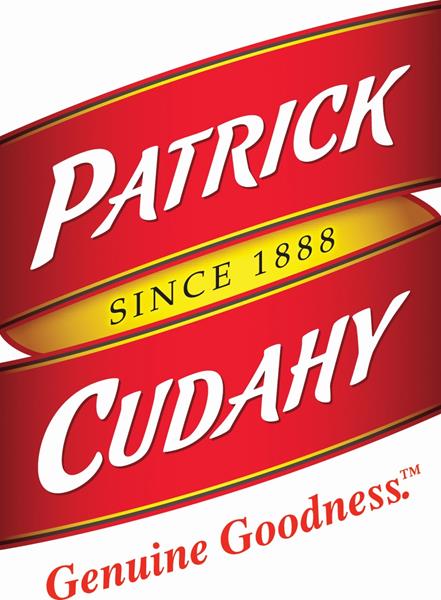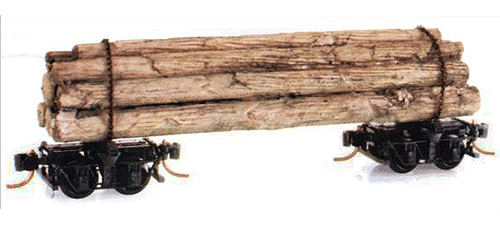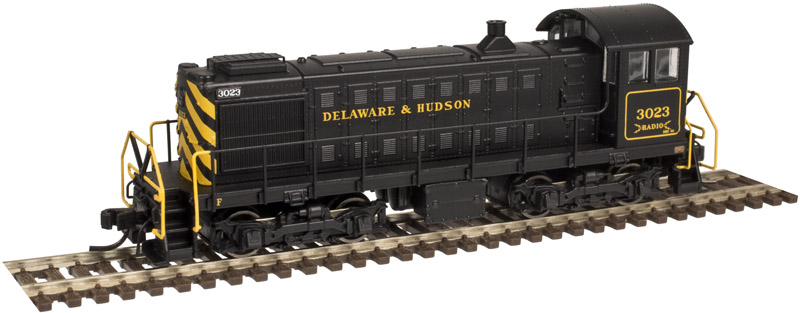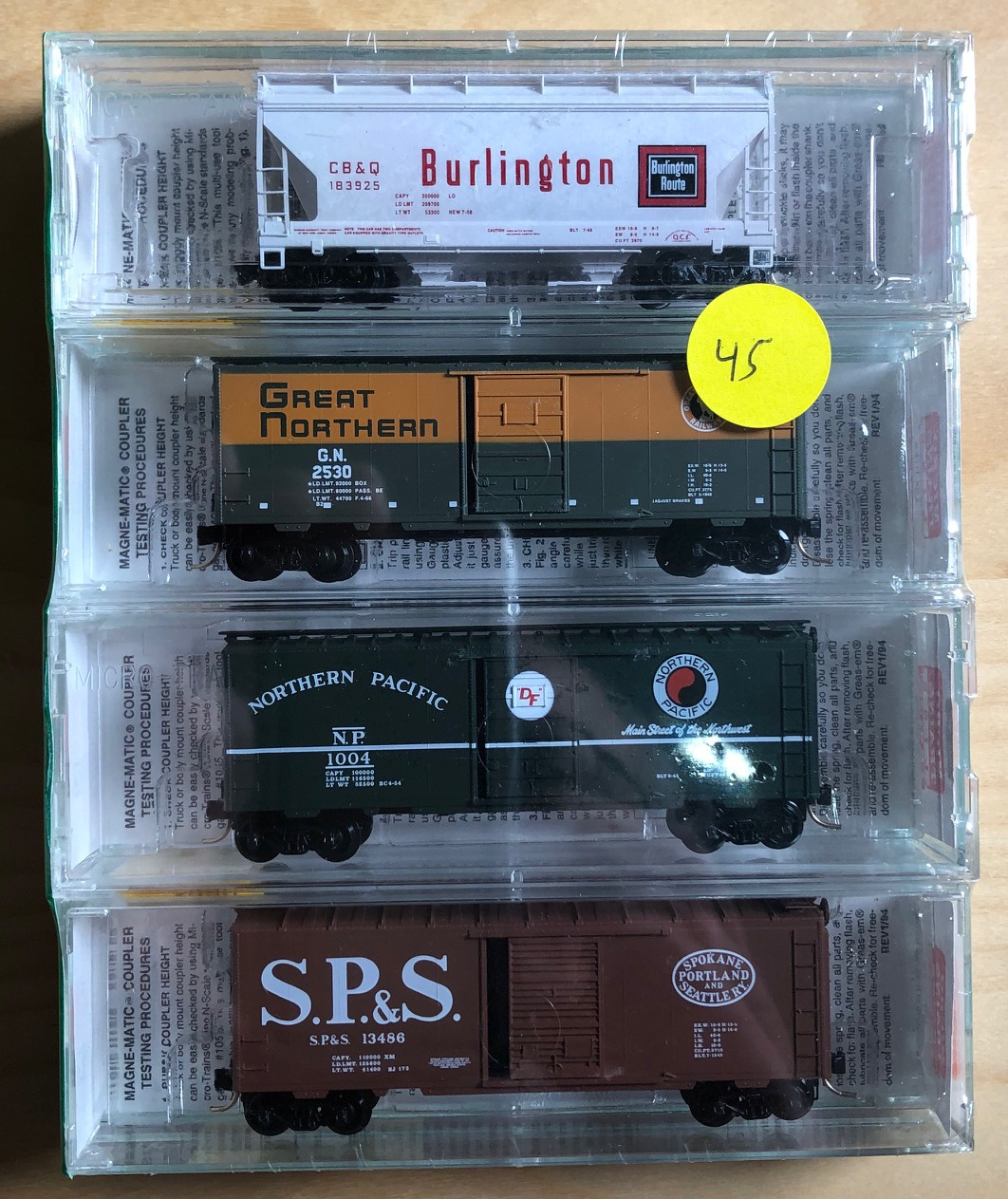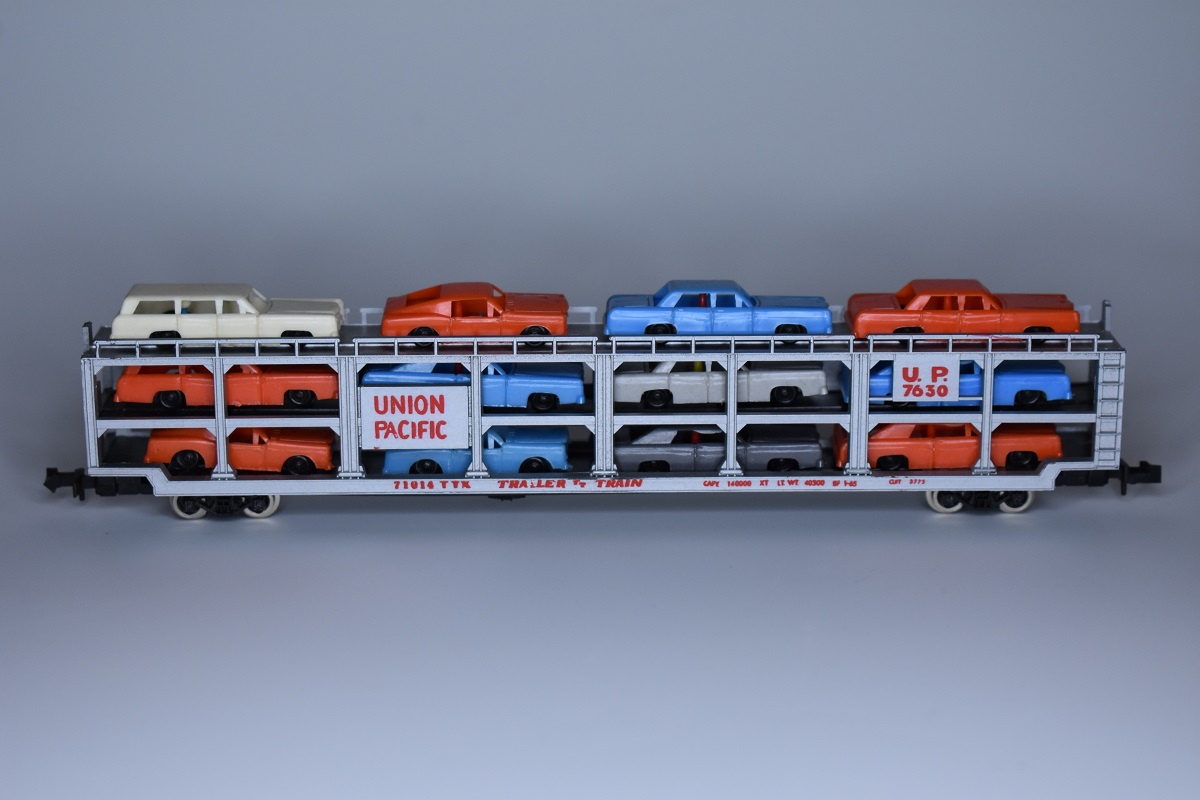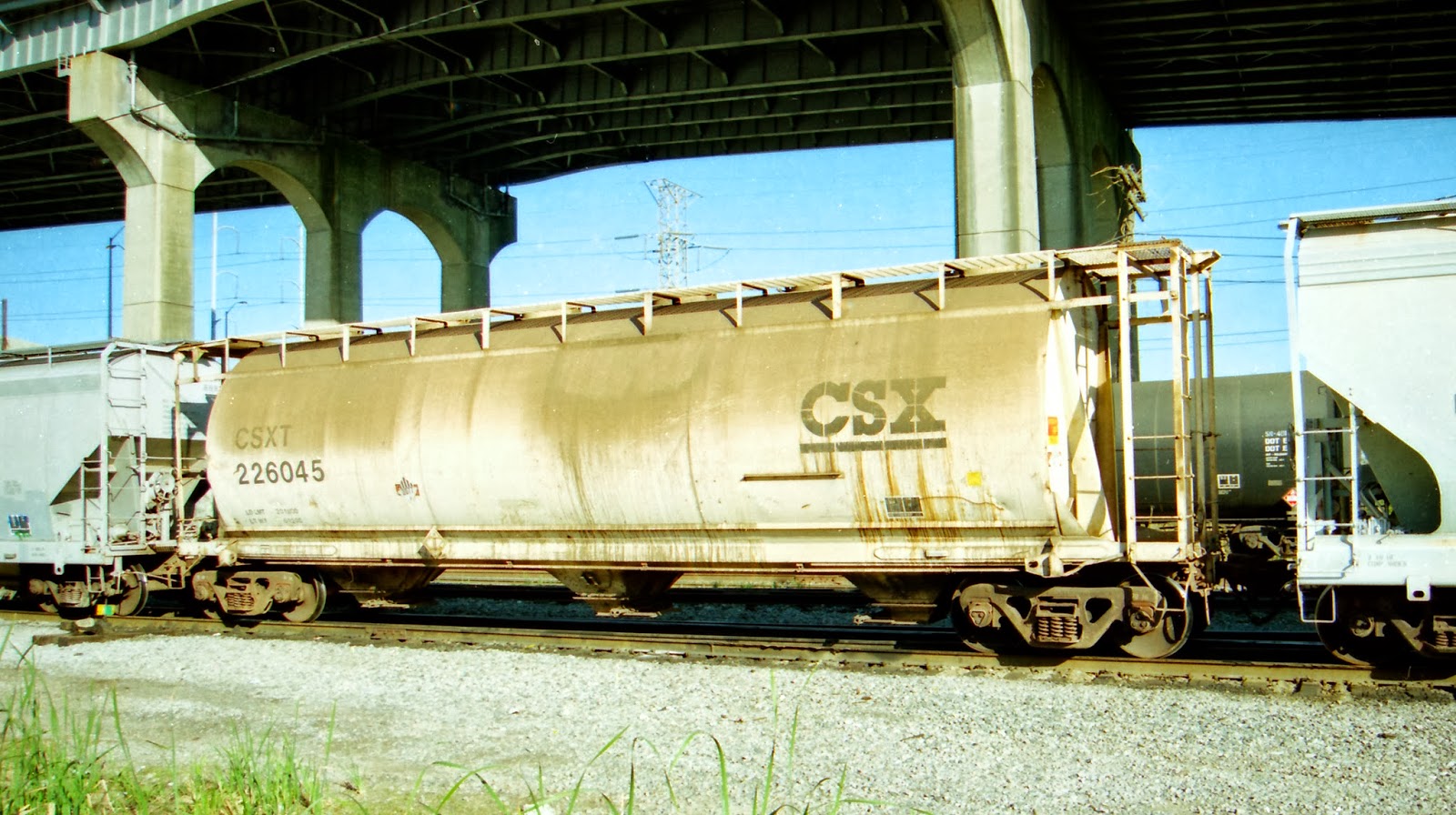Model Information: This model was developed by Delaware Valley Freight Car Corporation. The tooling was purchased by Bowser in 1998 and has been re-released several times since it was acquired. The body style has also been sold by Eastern Seaboard Models under the ESM branding. The model is available in both 3-Bay and 6-Bay variations.
Prototype History: ACF introduced their roundish cylindrical hoppers in the early 1960s. The cars differed greatly from the ribbed sided hoppers of the era. They have been made in 3-bay and 6-bay variations. These cylindrical hoppers were superseded on ACF’s production line by the Centerflow in 1964, a revolutionary design that influenced later covered hopper types. In the late 60s or early 70s Canada came out with 4-bay covered hoppers that appear to be derived from ACF’s pre-Centerflow cylindrical hoppers. These cars were used by CN, CP and various smaller Canadian shippers. There is some question as to why the Canadian builder based their design off the older cylindrical and not ACF’s newer Centerflow. It was likely a patent issue and copying it could have triggered legal action against the Canadian builders. There are also certain structural design differences between the cylindrical and centerflow cars and perhaps the decision to copy the cylindrical was based on the greater volume capacity of the cylindrical design.
Road Name History: Cudahy Packing Company was a U.S. meat packing company established in 1887 as the Armour-Cudahy Packing Company and incorporated in Maine in 1915. It was founded by Patrick Cudahy (March 17, 1849 - July 25, 1919) and his brother John Cudahy, Irish immigrants from County Kilkenny whose family came to Milwaukee, Wisconsin, to avoid the Great Irish Famine. The original business is no longer in existence, but legacies are evident in Cudahy, Wisconsin (established by Patrick Cudahy as a base for his meatpacking business that still exists as the Patrick Cudahy division of Smithfield Foods).
The Cudahy meat packing plant in Chicago, sacked the silica/punice from their Meade County mine for soaking up blood on the kill floor. They also had a subsidiary plant that manufactured cleaning products that utilized the silica. Old Dutch Cleanser was first registered as a trademark for this silica-based cleaning product. Old Dutch cleansing powder was first created by Cudahy Packing, a Chicago-based company specialized in the slaughtering of animals. In 1905, while looking for a way to recuperate animal fat for use in the production of soap, Cudahy Packing became the first company to market cleansing powder. Highly innovative for that time, this unique product completely revolutionized household cleaning, greatly facilitating the task.
By the mid-1920s, Cudahy was one of the nation's leading food companies, with over $200 million in annual sales and 13,000 employees around the country. The business was hit by the Great Depression, but the company still employed about 1,000 Chicago-area residents during the mid-1930s. Following World War II it moved its headquarters first to Omaha and then in 1956 to Phoenix, where it took the name Cudahy Co. In 1957, the company was one of 500 companies listed in the first S&P 500. The company was dismantled in the 1970s, after it was purchased by General Host in 1968. The Cudahy packing business was sold to management in 1981; it was renamed Bar-S Foods. Bar-S was acquired by the Mexican packer Sigma Alimentos in 2010.
From Wikipedia and other sources
The Cudahy meat packing plant in Chicago, sacked the silica/punice from their Meade County mine for soaking up blood on the kill floor. They also had a subsidiary plant that manufactured cleaning products that utilized the silica. Old Dutch Cleanser was first registered as a trademark for this silica-based cleaning product. Old Dutch cleansing powder was first created by Cudahy Packing, a Chicago-based company specialized in the slaughtering of animals. In 1905, while looking for a way to recuperate animal fat for use in the production of soap, Cudahy Packing became the first company to market cleansing powder. Highly innovative for that time, this unique product completely revolutionized household cleaning, greatly facilitating the task.
By the mid-1920s, Cudahy was one of the nation's leading food companies, with over $200 million in annual sales and 13,000 employees around the country. The business was hit by the Great Depression, but the company still employed about 1,000 Chicago-area residents during the mid-1930s. Following World War II it moved its headquarters first to Omaha and then in 1956 to Phoenix, where it took the name Cudahy Co. In 1957, the company was one of 500 companies listed in the first S&P 500. The company was dismantled in the 1970s, after it was purchased by General Host in 1968. The Cudahy packing business was sold to management in 1981; it was renamed Bar-S Foods. Bar-S was acquired by the Mexican packer Sigma Alimentos in 2010.
From Wikipedia and other sources
Brand/Importer Information: On May 1, 1961, Bowser was purchased by Lewis and Shirlee English and moved from Redlands, CA to their basement in Muncy, PA. The original Bowser Manufacturing Co first advertised in the model railroad magazines in November 1948. At that time, the company had only one (HO Scale) engine, the Mountain, which had a cast brass boiler that is no longer available. It was sometime later that Bowser (Redlands) developed the NYC K-11 and the UP Challenger. The molds were made by K. Wenzlaff who introduced himself at the MRIA Show in Pasadena, CA in 1985 These two locomotives are still current production.
Bowser entered into N Scale in 1998 with their acquisition of the Delaware Valley Car Company, a manufacturer of N scale freight cars.
Bowser entered into N Scale in 1998 with their acquisition of the Delaware Valley Car Company, a manufacturer of N scale freight cars.
Item created by: Lethe on 2015-10-02 10:12:24. Last edited by CNW400 on 2020-05-25 19:27:19
If you see errors or missing data in this entry, please feel free to log in and edit it. Anyone with a Gmail account can log in instantly.
If you see errors or missing data in this entry, please feel free to log in and edit it. Anyone with a Gmail account can log in instantly.




